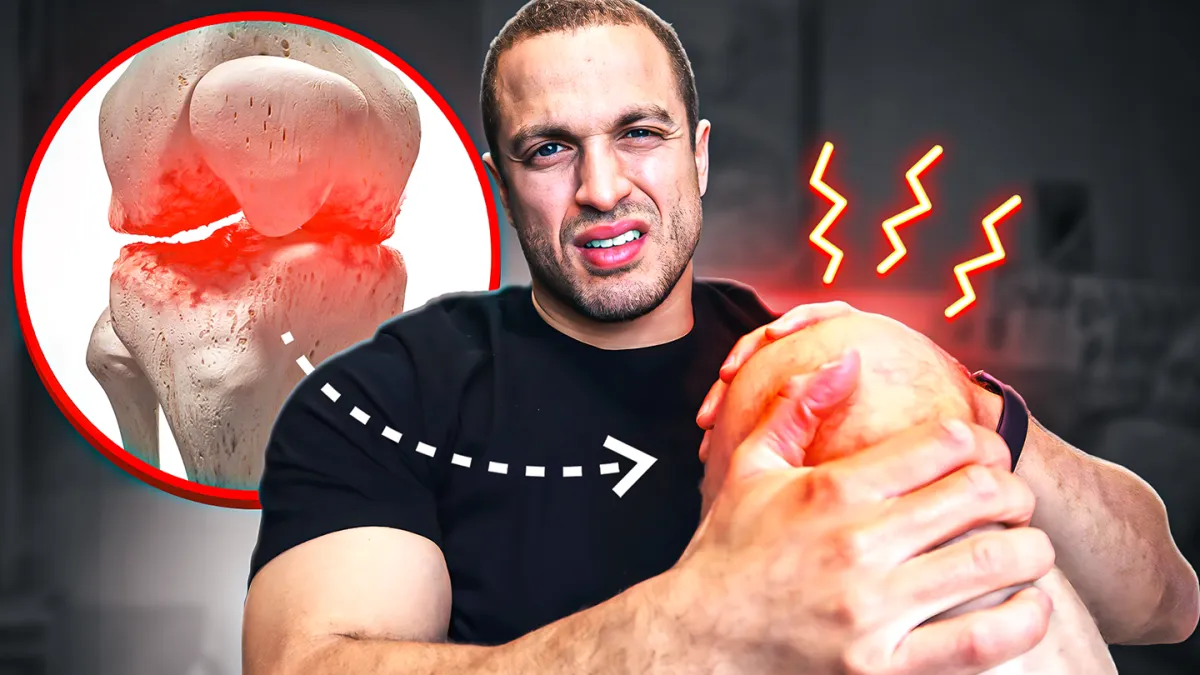Checkout Our Blog
From Exclusives to Quick Overviews of YouTube Videos

Can you get Arthritis from limb lengthening?
“For every stride in height gained through limb lengthening, there's a stretch of understanding needed to ensure our bones and joints walk a balanced path without pain.” - Victor (Cyborg)
Introduction:
Greetings everyone! It's Victor, and today we're diving deep into a topic that's often debated among medical professionals and potential patients alike: "Does limb lengthening increase the risk of arthritis?" Before we delve into this question, let's understand the basics of arthritis and the factors influencing its development.

With that said, here is how limb lengthening could potentially cause arthritis! 👊
Overview
What is Arthritis?
Arthritis isn't just a buzzword. In essence, it denotes the "inflammation or swelling of a joint." Joints, the places where two bones meet (like your hips, knees, and ankles), are vital for movement. When arthritis enters the scenario, it behaves like an unwelcome, lingering guest. The outcome? Joint pain, swelling, and reduced mobility which, if neglected, can culminate in persistent discomfort.
The Players in the Arthritis Game:
Age: Aging is inevitable. As the years roll by, our joints endure wear and tear, amplifying the risk of arthritis.
Genetics: The apple doesn't fall far from the tree. A family history of arthritis might predispose you to it.
Lifestyle: Your daily habits, be it your profession, sports, or even extended periods of heavy lifting, influence joint health. Factors like obesity and injuries can also amplify arthritis risks.
Limb Lengthening & Arthritis Implications
With a clear understanding of arthritis, it's time to explore the heart of the matter: the relationship between limb lengthening and arthritis.
Bone Alignment: Precision is key during limb lengthening. Proper bone alignment prevents complications like axial, angular, or rotatory deformities, which can strain the joints and expedite cartilage wear.
Muscle Torque and Tension: Overzealous or rapid lengthening can cause muscle contractures, leading to taut muscles. This is often the fallout of inexperienced clinics hurrying the lengthening phase, potentially jeopardizing your mobility.
Over Lengthening: Striving for excessive lengthening can strain joints and muscles. The tale of a patient developing severe ballerina foot due to over-lengthening, only to be advised post-surgery physiotherapy, is a warning against such practices.
Muscle Imbalances: Proper post-operative rehabilitation is paramount. Neglect can cause muscle imbalances, which disturb joint mechanics, escalating the risk of arthritis.
Limb Proportions: Lengthening is not just about adding inches; it's about maintaining biomechanical balance. Disproportionate lengthening can lead to biomechanical changes that, if not adapted to, can strain joints.
LLD vs. CLL: For those with significant leg length discrepancies, limb lengthening might actually alleviate arthritis risks by restoring structural balance. However, those seeking stature lengthening for cosmetic reasons should approach with caution and awareness of potential risks.
Conclusion
So, does limb lengthening usher in arthritis? The answer isn't black and white. Various factors, including bone alignment, muscle tension, and limb proportions, play pivotal roles. What's crucial is awareness. Limb lengthening is transformative, but understanding potential outcomes ensures that every step taken post-procedure is a confident and informed one.
Check out the YouTube video I shot on this topic:
Cyborg 4 Life © 2025 All rights reserved | Privacy | Disclaimer | Terms
*This site was created by Client Inpour Solutions






